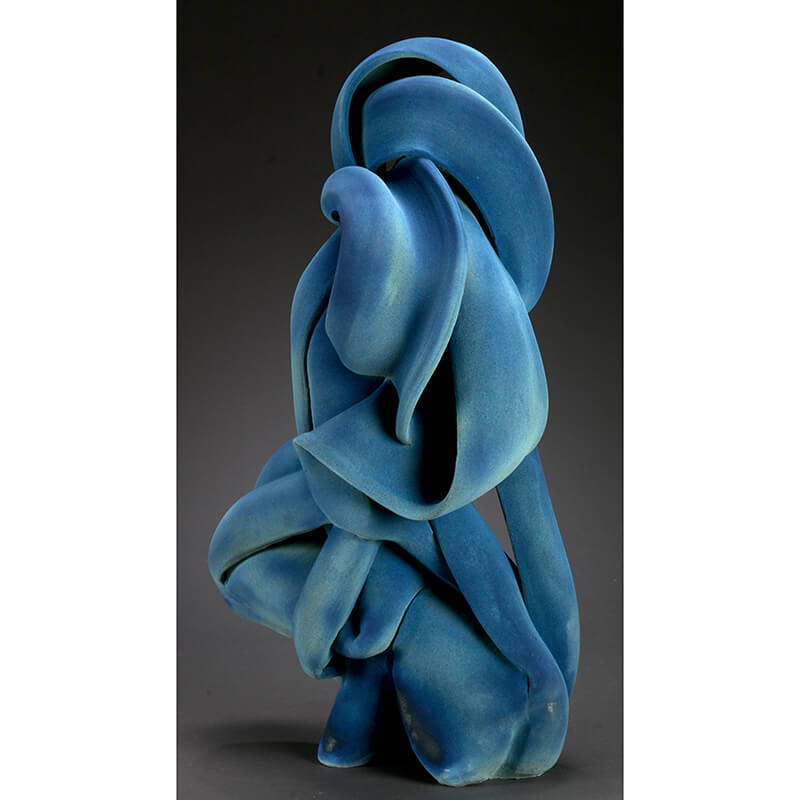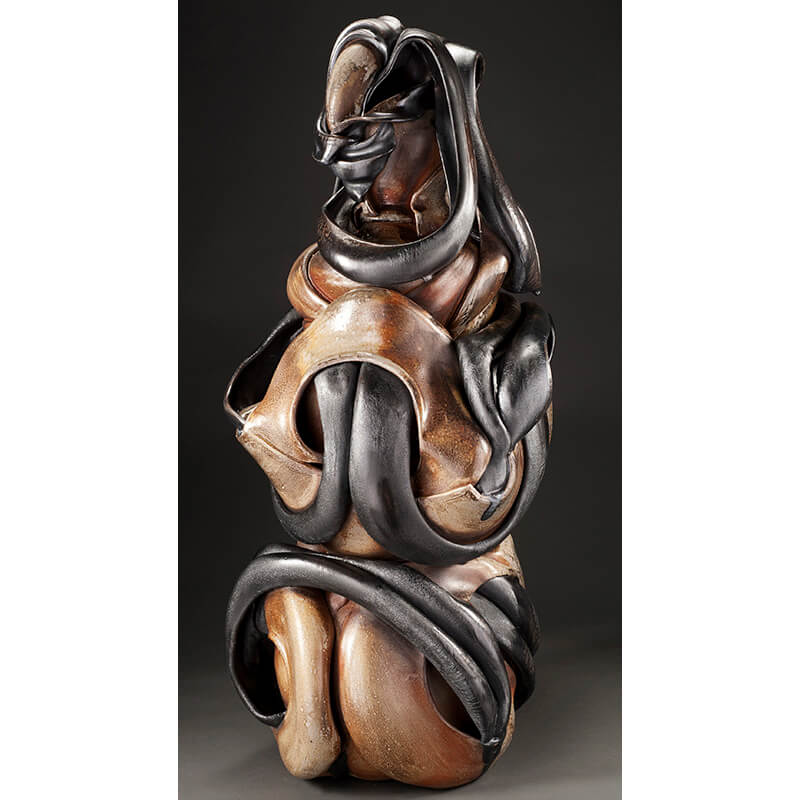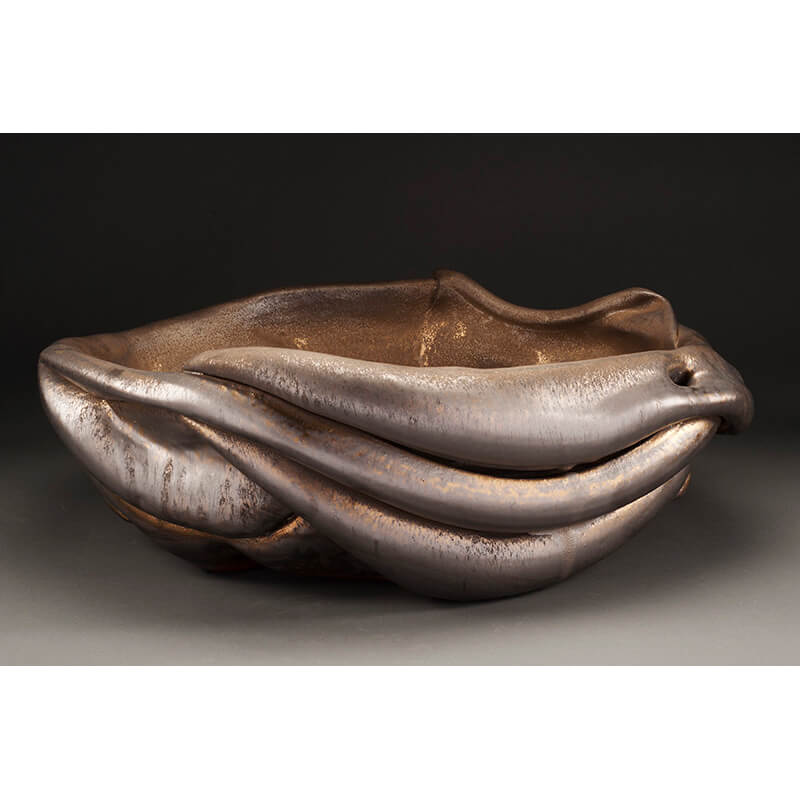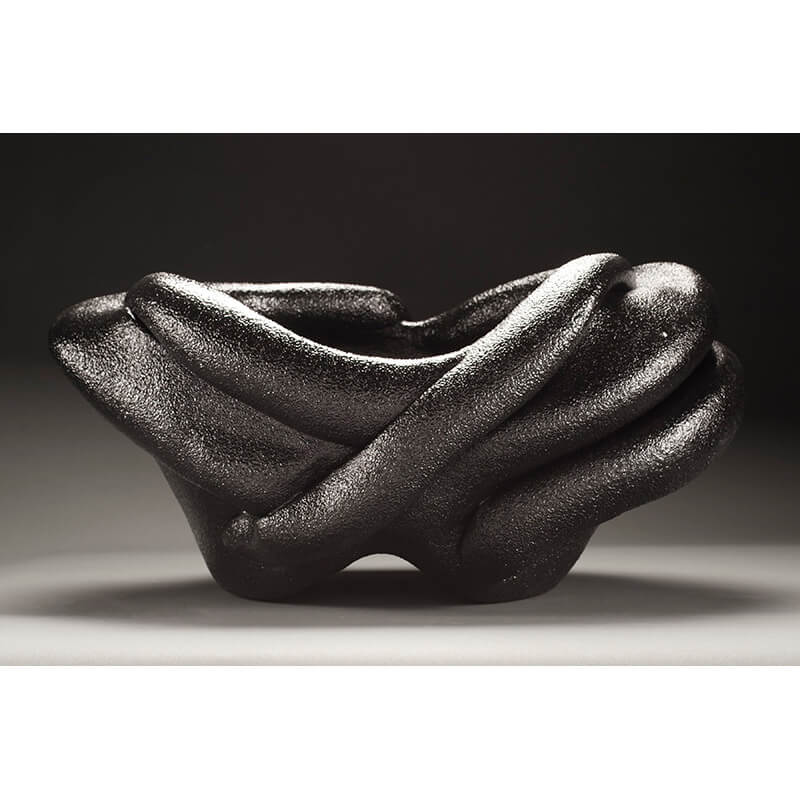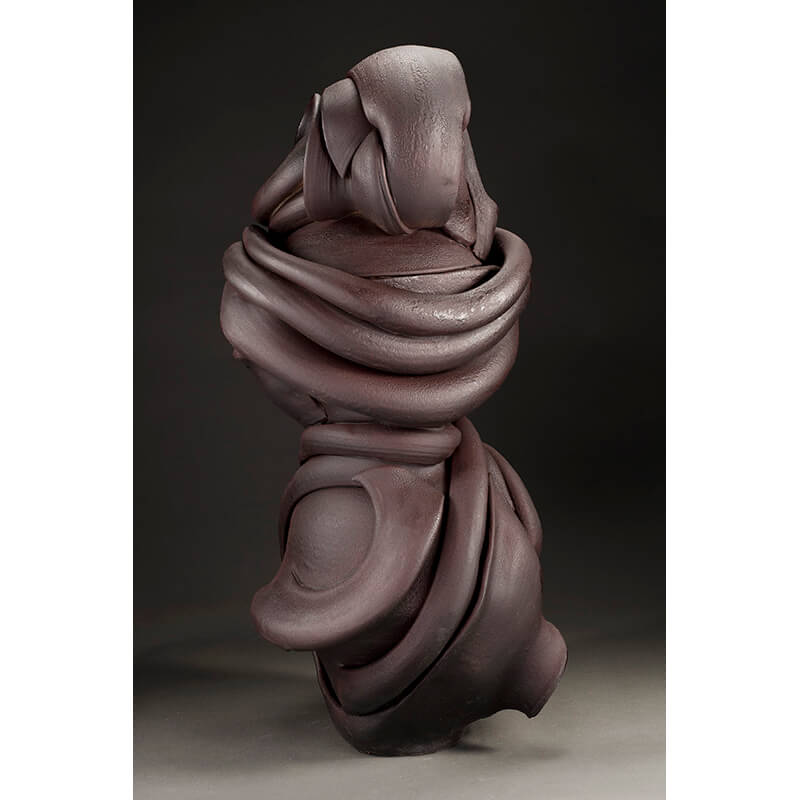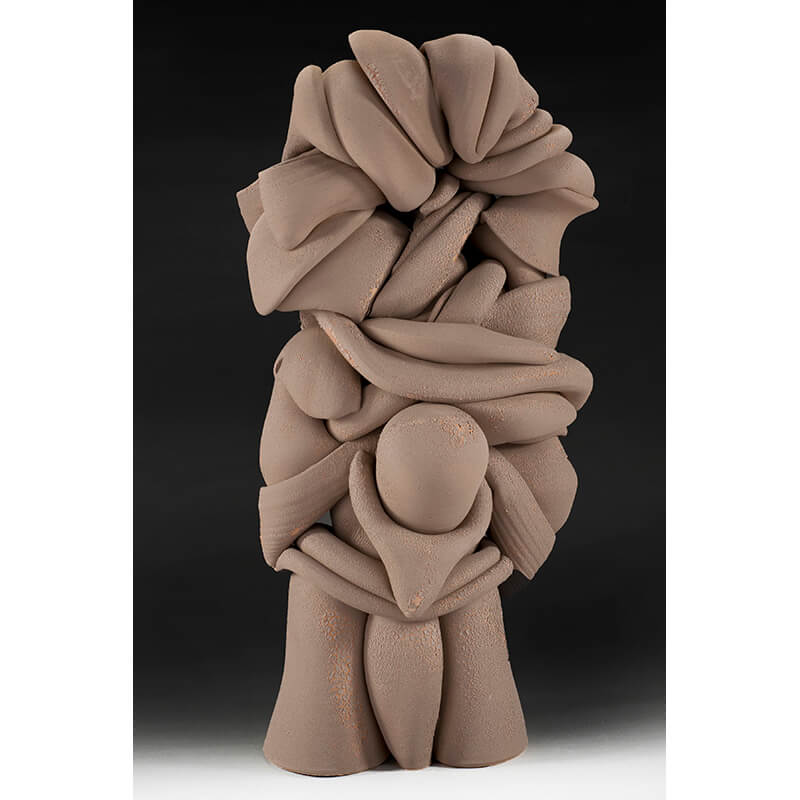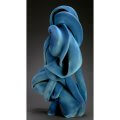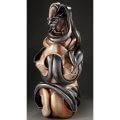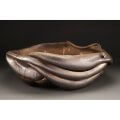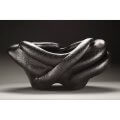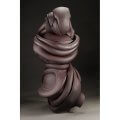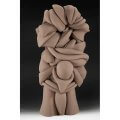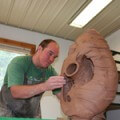
Red Lodge Clay Center – Short-Term Resident (AIA) 2015, (AIA) 2017, (AIA) 2024
Hunter Stamps is Professor of Ceramic Sculpture in the School of Art & Visual Studies at the University of Kentucky. Hunter received his M.F.A. from Indiana University in Bloomington and his B.F.A. from the University of North Carolina in Asheville. The abstract mixed media sculptures he creates incorporate ceramic, glass, encaustic and rubber. His sculptures have appeared in over 200 juried, invitational, and solo exhibitions, including galleries and museums across the nation as well as China, Germany, Austria, Croatia, Mexico, and Spain. Images of his work have been published in periodicals such as Ceramics Art and Perception, Ceramics Monthly and other scholarly journals, newspapers, and exhibition catalogues.
Hunter’s work is held in permanent collections at the Cultural Center of Kapfenberg, Austria; Keramik Museum Westerwald of Hohr-Grenzhausen, Germany; The Sculpture Factory and the Jingdezhen Ceramic Institute in Jingdezhen City, People’s Republic of China. He is the recipient of the 2017 Merit Award from the South Bend Museum of Art; 2012 First Place in the Material Mastery Exhibition at the Birger Sandzen Memorial Gallery, Lindsborg, KS; and the 2011 Al Smith Individual Artist Fellowship Award from the Kentucky Arts Council in Frankfort, KY. His research has been supported by 18 intermural grant awards and 12 extramural grants: including 5 Artist Professional Development Grants from the Great Meadows Foundation.
This body of work reflects how the mind collects and organizes fragmented images from memory to continuously recreate a sense of history and self. The work manipulates, abstracts, and conceptualizes the body’s material and psychological reality. The intent of my work is to engage the viewer with temporal surfaces and organic formal abstractions that trigger meditation on the mutability of the mind and body.
The physicality of my ceramic process exploits the malleability of clay and its tendency to convey the elasticity and muscularity of the body. The forms themselves are thrown on the potter’s wheel, altered and then assembled to achieve the desired changing repetition of form. Surface treatments range from specially formulated low-fire glazes to atmospheric firings to mixed-media rubber, encaustic and resin applications. To further deny the interpretation of a coherent whole, the exterior of my sculptures is intentionally irregular and penetrative, creating a temporal experience of the body that is at once internal and external.

